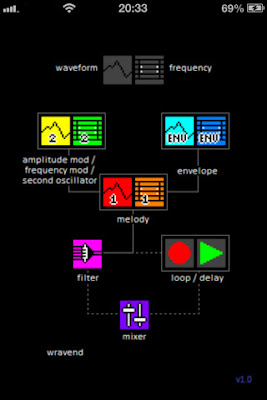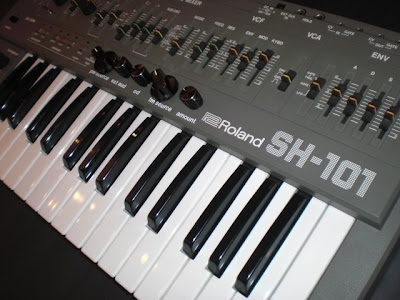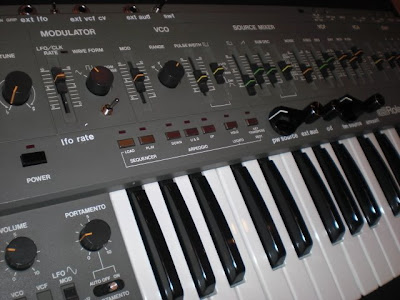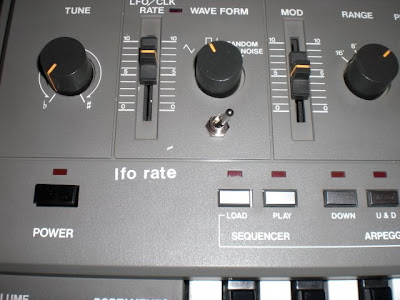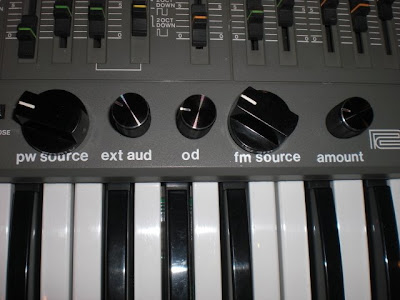Published on Jul 27, 2015 Arcano Systems
https://www.kickstarter.com/projects/...
"This is demo music created with the Arcano MIDI NES Chiptune Synthesizer. The device is an ATmega328-microcontroller-based MIDI synth designed to emulate the classic chiptune sound of the Nintendo Entertainment System's APU (audio processing unit.) If you are interested in the synth, please refer to the Kickstarter campaign page. The Kickstarter campaign rewards include both a fully assembled and tested version and a kit version for those who prefer to build it themselves. I created the music track myself, and I am not very musically talented. I'm interested to hear the music that more talented musicians will create with this synth, which is why I'm sharing the device through Kickstarter."
via the Kickstarter campaign:
"The Arcano MIDI NES Chiptune Synthesizer is a minimalistic, microcontroller-based synth designed to emulate the classic chiptune sound of the Nintendo Entertainment System's APU (audio processing unit.) The synthesizer's MIDI input allows musicains create NES-video-game-style chiptune music by simply connecting a MIDI keyboard or other MIDI device.
 No programming is required. Each Arcano MIDI NES Chiptune Synthesizer includes a preprogrammed microcontroller; however, each synth also features a 6-pin AVR programming header, allowing programmers to flash the embedded ATmega328 microcontroller with their own custom software. The programming header enables hackers to create their own custom waveforms, envelopes, software low-frequency oscillators, and PCM samples.
No programming is required. Each Arcano MIDI NES Chiptune Synthesizer includes a preprogrammed microcontroller; however, each synth also features a 6-pin AVR programming header, allowing programmers to flash the embedded ATmega328 microcontroller with their own custom software. The programming header enables hackers to create their own custom waveforms, envelopes, software low-frequency oscillators, and PCM samples.Unlike many other microcontroller-based synthesizers which use internal PWM peripherals to generate weak, scratchy, low-quality audio signals, the Arcano MIDI NES Chiptune Synthesizer uses an auxiliary digital-to-analog converter chip to create a clear, high-quality audio signal.
Specifications:
3-note polyphony
1/8'' (3.5mm) jack mono audio output
MIDI input through standard MIDI DIN connector
7-segment LED waveform mode indicator
simple two-button interface
embedded ATmega328 microcontroller
Preset Modes:
Mode 0 - 12.5% duty cycle pulse waveform
Mode 1 - 25% duty cycle pulse waveform
Mode 2 - 50% duty cycle pulse waveform
Mode 3 - 75% duty cycle pulse waveform
Mode 4 - sawtooth waveform
Mode 5 - triangle waveform
Mode 6 - triangle-wave-based drums
Mode 7 - noise-based percussion
Mode 8 - arpeggio, 12.5% duty cycle pulse waveform
Mode 9 - arpeggio, 25% duty cycle pulse waveform
Mode A - arpeggio, 50% duty cycle pulse waveform
Mode b - arpeggio, sawtooth waveform
Mode C - arpeggio, triangle waveform
Mode d - vibrato, 12.5% duty cycle pulse waveform
mode E - vibrato, 50% duty cycle pulse waveform
mode F - vibrato, 75% duty cycle pulse waveform
mode G - vibrato, sawtooth waveform
mode H - vibrato, modulated duty cycle pulse waveform"






